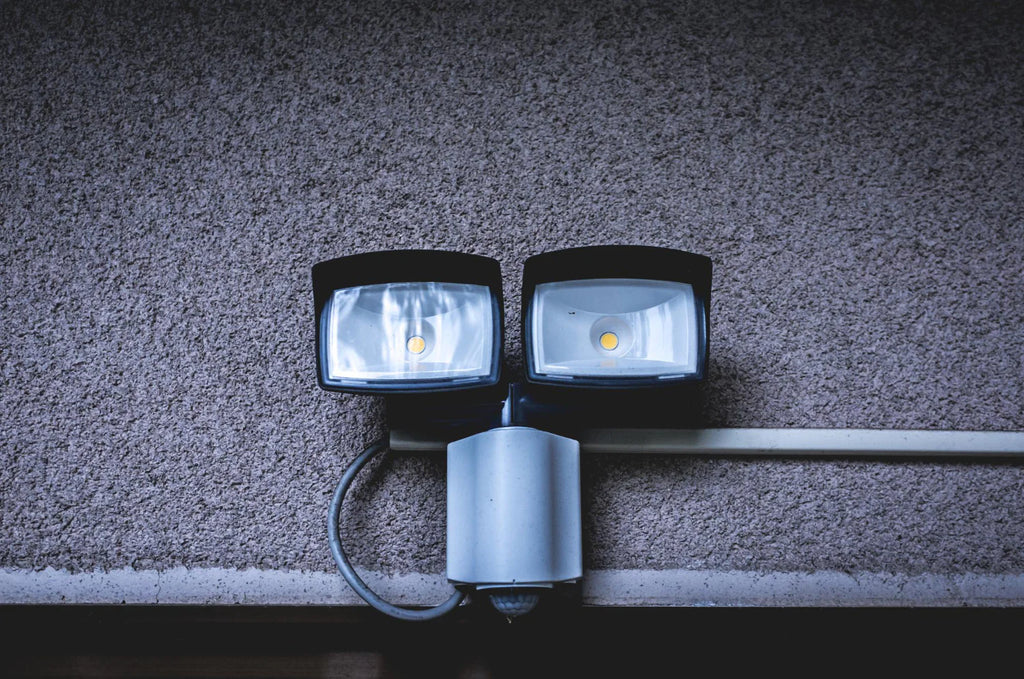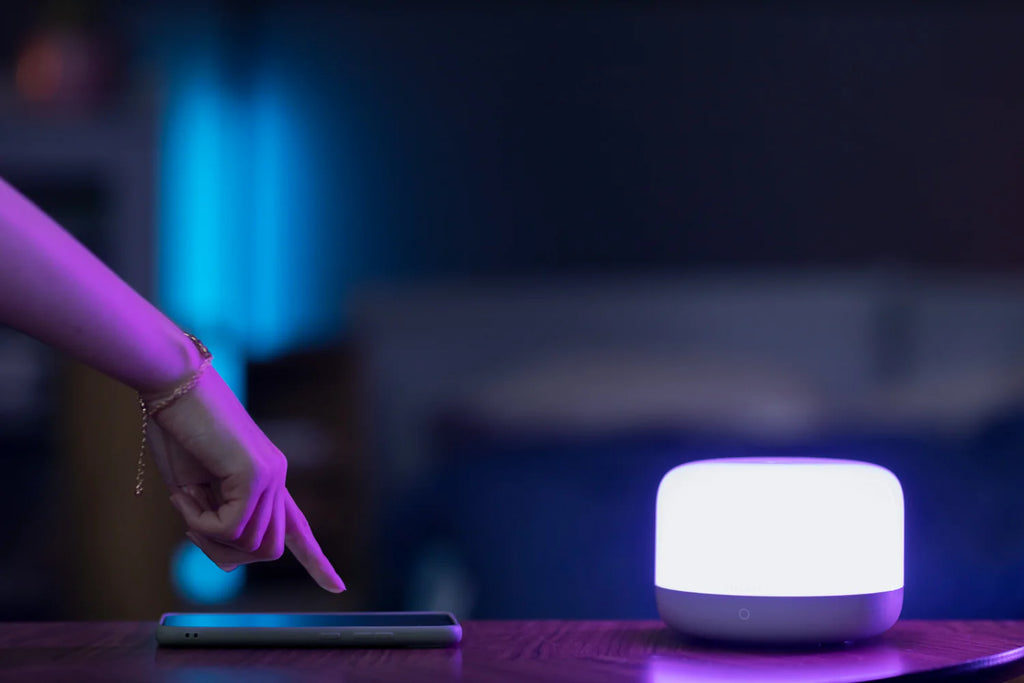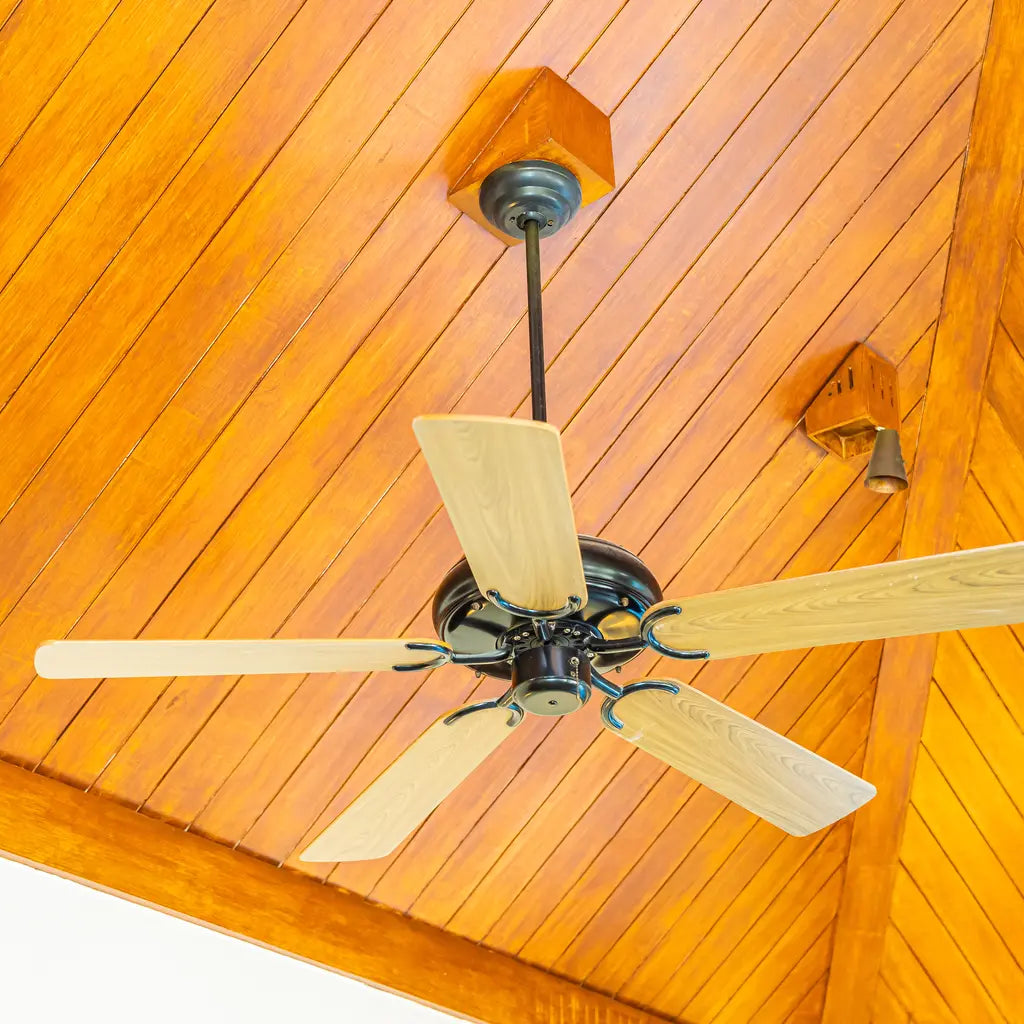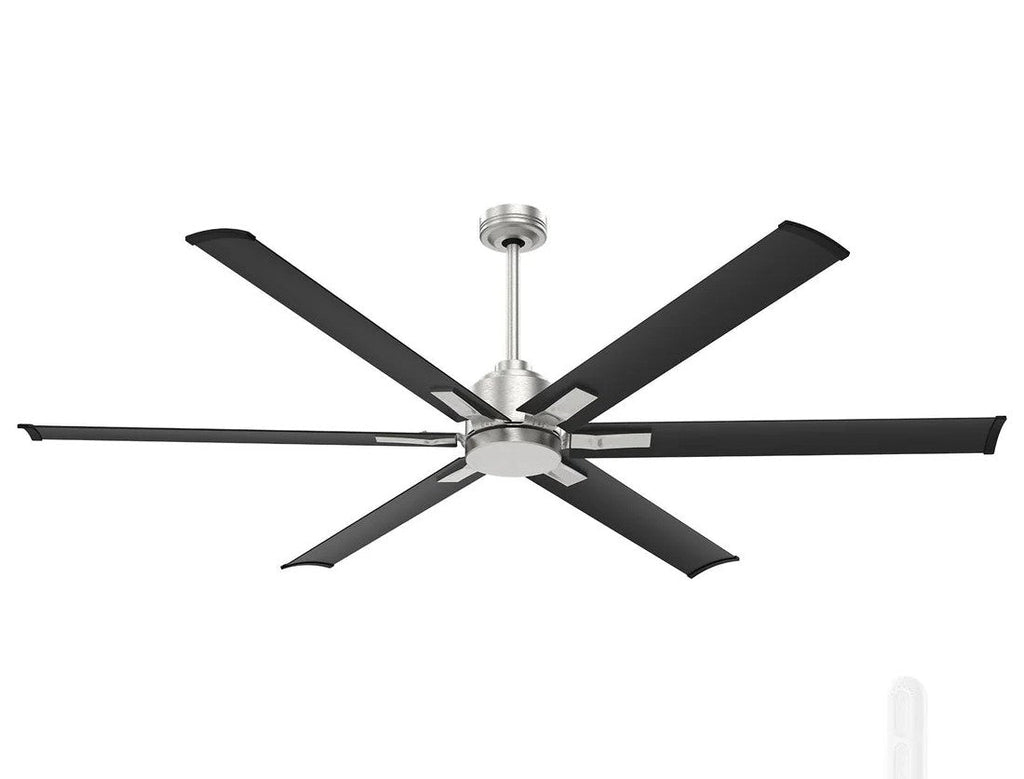
What Are Motion Detector Lights and How Do They Work?

Best Motion Detector Lights: What they are and How they Work
These lights turn on when they detect motion. The best motion detector lights make use of the passive infrared (PIR) to monitor variations in heat and can also incorporate microwave sensing for better detection. The built-in timer will keep the lights in operation for a predetermined time and a dusk-to-dawn timer ensures that they are only operational during the night. The position and the aim affect efficiency: place sensors across instead of straight down a walkway, and beware of high-temperature air vents or swinging trees.
Exterior Motion Detector Lights: Where to use and Why
Homeowners typically opt for exterior motion detector lights to light up pathways, driveways, and the edges of their gardens. Modern motion detector lights outdoor combine PIR sensors with control for dusk to reduce the energy use. If you rent, exterior motion detector lights provide a sense of safety and comfort. When you shop, select motion detector lights outdoor with weather ratings, such as IP65 and an adjustable time delay. These features are typically what make the best motion detector lights to ensure safety on the curb.
-
Ideal spots: driveway entries, side gates, back patios
-
The most useful features are the timer's range and sensitivity and the daylight override
-
Security tip: Stay away from the streets to minimize the chance of false triggers.
Motion Detector Lights Outdoor: Sensors and Smart Features
The majority of motion detector lights outdoor depend on PIR to sense body heat. If you have a large yard, select exterior motion detector lights with 120-270° coverage as well as adjustable sensitivity. If pets trigger alerts, motion detector lights outdoor with settings that are pet-friendly can help. To minimize car-triggered events, focus exterior motion detector lights away from roadways. A dimming option also differentiates the best motion detector lights from the standard ones.
-
Useful add-ons: smart app control, schedules, voice assistants
-
Tips for performance: Test at night, tinker with range, and clean the lens
Outside Motion Detector Lights Such as Beam Spread and Brightness
When selecting outside motion detector lights, make sure that the lumens are appropriate for the purpose: 700-1000 for porches and 1500-3000 to illuminate driveways. For larger expanses, outside motion detector lights with twin heads allow you to angle beams. If neighbors are irritated by glare choose motion detector outdoor lights equipped with diffusers and colors of 2700-4000K. Lights with solar motion detector outdoor lights can help when wiring can be difficult.
-
For stairs: use beams that are softer to reduce the harsh shadows
-
For sheds: beam with a focus to signify a safe pathway
-
To eliminate corners, swivel the heads to remove dark spots
Motion Detector Outdoor Light: Installation and Maintenance Tips
Place this motion detector outdoor light between 6 and 10 feet for an accurate detection. Cover junction boxes so that the outside motion detector lights can withstand dust and rain. After rain clear the lens. A lens that is cloudy causes the motion detector outdoor light less sensitive. If circuits overheat, a separate light source that is dedicated to this outside motion detector lights will prevent resets. To get neutral advice on your best options, browse One Stop Lighting.
Conclusion
Sized correctly, aimed well, and tuned for your space, the best motion detector lights offer safer walkways, lower energy use, and less hassle than manual switches.
FAQs
-
Do motion sensors work with LED bulbs?
Yes. Use compatible, dimmable LEDs to prevent flicker and ghosting.
-
What range do outdoor sensors cover?
The typical range is 20–70 feet; check the fixture specs before buying.
-
Can I install them myself?
Yes, if you’re comfortable with wiring. Otherwise, hire a licensed electrician.
-
Are solar motion lights reliable?
Modern solar models work well with good sun, quality panels, and fresh batteries.



































